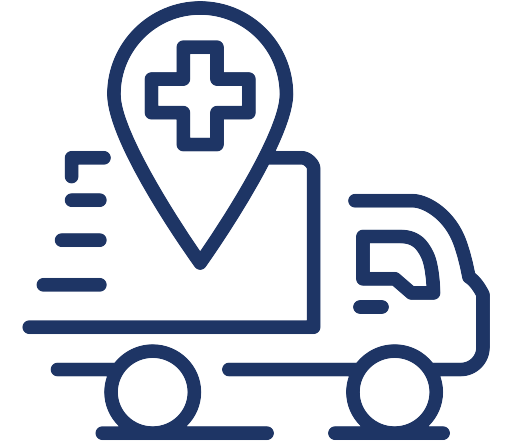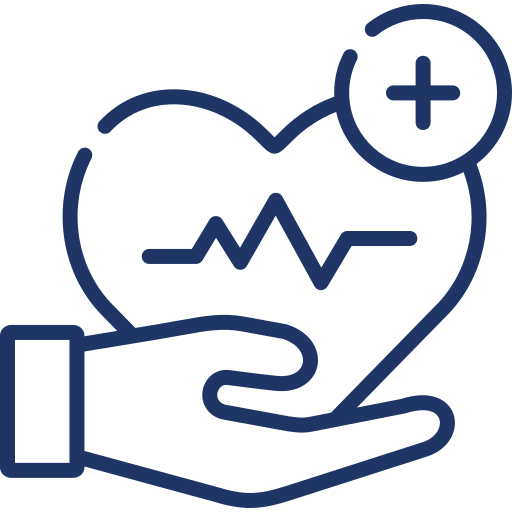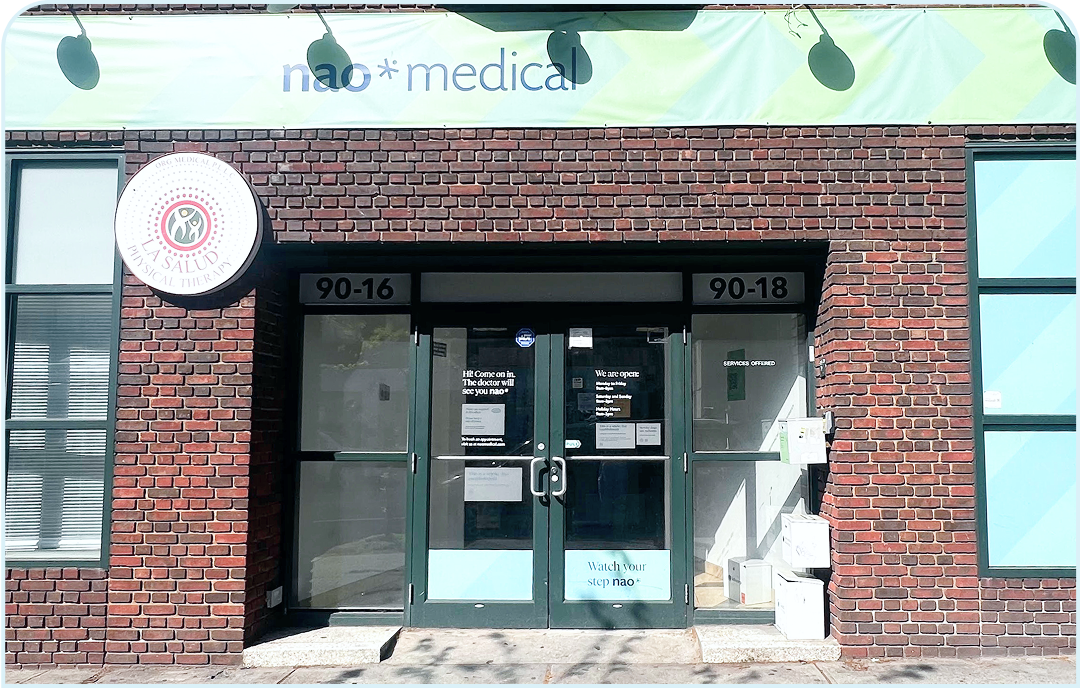There are different types of diabetes. Each type is characterized by different causes, symptoms, and treatments. Understanding the differences between them is crucial for proper diagnosis, management, and prevention of complications.
Diabetes, also called diabetes mellitus, is a chronic condition that affects how the body processes blood sugar (glucose). Glucose is a vital source of energy for the body’s cells. And insulin, a hormone produced by the pancreas, helps regulate the amount of glucose in the bloodstream.
In people with diabetes, the body either doesn’t produce insulin or can’t effectively use the insulin it produces. This can lead to high blood sugar in the bloodstream. Over time, high blood sugar levels can cause damage to the nerves, blood vessels, and organs in the body. Such damage can lead to serious health problems, like heart disease.
Type 1 Diabetes
Type 1 diabetes, also known as juvenile diabetes, is a chronic condition in which the pancreas produces little or no insulin. Insulin is a hormone that regulates blood sugar levels, allowing glucose to enter cells and be used for energy.
Without it, glucose accumulates in the bloodstream, causing high blood sugar levels, which can lead to various health complications.
The exact cause of type 1 diabetes is not known, but it’s believed to be an autoimmune disease. The body’s immune system mistakenly attacks and destroys the insulin-producing cells in the pancreas, leaving little or no insulin in the body.
Type 1 diabetes symptoms usually develop quickly over a few weeks, and they can be severe. People with type 1 diabetes may experience:
- Increased thirst and urination
- Extreme hunger
- Fatigue and weakness
- Unexplained weight loss
- Blurred vision
- Slow healing of cuts or sores
- Irritability or mood changes
Type 2 Diabetes
Type 2 is the most common type of diabetes. This chronic condition that occurs when the body becomes resistant to insulin or doesn’t produce enough insulin to regulate blood sugar levels.
The causes of type 2 diabetes are complex and involve a combination of genetic and lifestyle factors. Some risk factors include being overweight or obese, having a sedentary lifestyle, having a family history of diabetes, and being over the age of 45.
Type 2 diabetes symptoms can develop slowly over time, and some people may not experience any symptoms initially. The symptoms of this type include:
- Increased thirst and urination
- Blurred vision
- Fatigue and weakness
- Slow healing of cuts or sores
- Tingling or numbness in the hands or feet
- Recurrent infections
Prediabetes
Prediabetes is a condition where blood sugar levels are higher than normal. It’s a warning sign that a person has a higher risk of developing type 2 diabetes later in life. Here are the causes and symptoms of prediabetes:
The exact cause of prediabetes is not fully understood, but it is related to insulin resistance, which is a reduced sensitivity to insulin by the body’s cells. Risk factors for prediabetes include being overweight or obese, having a sedentary lifestyle, having a family history of diabetes, being over the age of 45, and having high blood pressure or high cholesterol.
Prediabetes usually doesn’t have any symptoms, and many people may not even realize they have it. However, some people may experience the following:
- Increased thirst and urination
- Fatigue and weakness
- Blurred vision
- Slow healing of cuts or sores
- Tingling or numbness in the hands or feet
Gestational Diabetes
Gestational is a type of diabetes that develops during pregnancy, usually in the second or third trimester. This usually resolves after the baby is born.
The exact cause of gestational diabetes isn’t known, but it’s believed to be related to hormonal changes during pregnancy that can affect insulin sensitivity.
During pregnancy, the placenta produces hormones that can make the body more resistant to insulin. If the pancreas cannot produce enough insulin to overcome this resistance, gestational diabetes can develop.
Some women may have an increased risk of gestational diabetes if they’re overweight or obese, have a family history of diabetes, or have previously had gestational diabetes.
Most women with this type of diabetes don’t experience any symptoms. However, some women may experience the following:
- Increased thirst and urination
- Fatigue and weakness
- Blurred vision
- Nausea and vomiting
- Recurrent infections
Monogenic Diabetes
Monogenic is a rare form of diabetes that’s caused by a mutation in a single gene. It’s caused by mutations in one of several genes involved in the production or function of insulin. The most common types of monogenic diabetes include:
Maturity-onset diabetes of the young (MODY)
This is a group of genetic disorders that cause diabetes in young adults, usually before the age of 25. There are several different types of MODY, each caused by a mutation in a different gene.
Neonatal diabetes mellitus (NDM)
This is a rare form of diabetes that occurs in the first six months of life. It is caused by a mutation in one of several genes that are involved in the production or function of insulin.
Other rare forms of monogenic diabetes include mitochondrial diabetes, Wolfram syndrome, and Alstrom syndrome.
The symptoms of monogenic diabetes are similar to those of other types of diabetes, and may include:
- Increased thirst and urination
- Fatigue and weakness
- Blurred vision
- Recurrent infections
- Slow wound healing
Diabetes treatment
Treatment options for diabetes are dependent on the type a person has and their individual needs. Here are some commonly used treatments:
Lifestyle changes
Maintaining a healthy weight, consuming a healthy diet, and engaging in regular physical activity can assist with blood sugar management and improve overall health.
Medications
Medications may be prescribed to regulate blood sugar levels. These can include insulin injections, oral medications, or other injectable medications.
Monitoring
Regular monitoring of blood sugar levels is crucial in recognizing patterns and making adjustments to treatments.
Insulin pumps
An insulin pump may be recommended for individuals with type 1 diabetes. This device administers insulin continuously throughout the day and can be adjusted to provide extra insulin when required.
Continuous glucose monitoring
A small sensor worn on the skin can continuously monitor blood glucose levels in the interstitial fluid, transmitting this information to a receiver or smartphone in real time.
Surgery
For individuals with severe obesity and type 2 diabetes, bariatric surgery may be recommended. This is typically recommended for individuals with a body mass index (BMI) of 40 or greater, or a BMI of 35 or greater with obesity-related health problems, such as type 2 diabetes, high blood pressure, or sleep apnea. Bariatric surgery is usually conside
Conclusion
There are several types of diabetes and several other rare forms of it. Regardless of the type, it’s important to work with a healthcare provider to properly manage blood sugar levels and prevent complications. With proper treatment and management, people with diabetes can live healthy and fulfilling lives.







 (917) 310-3371
(917) 310-3371











